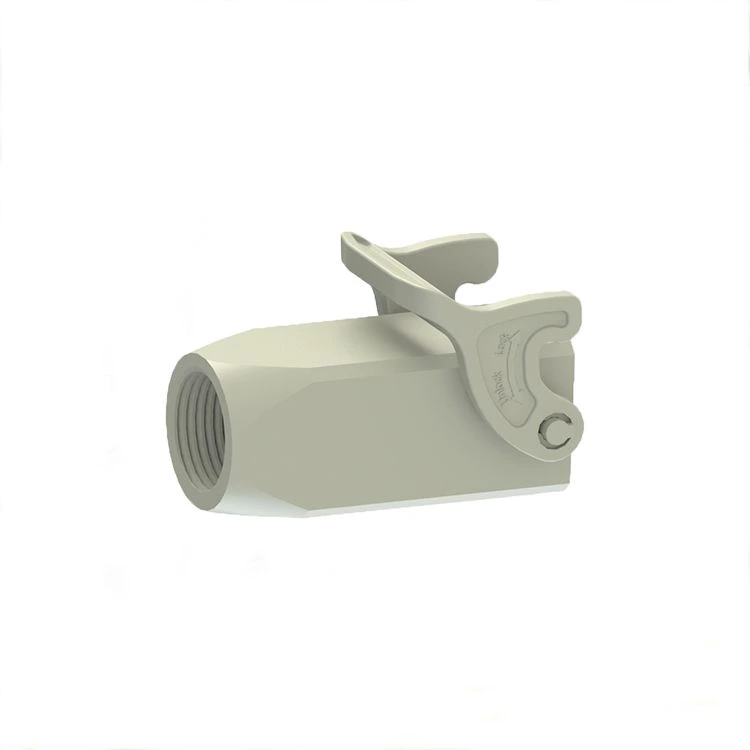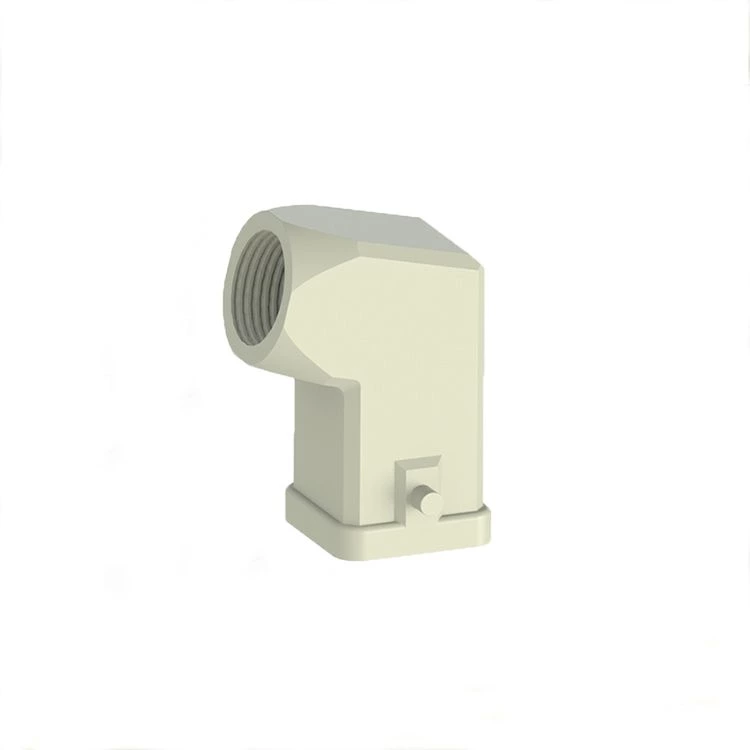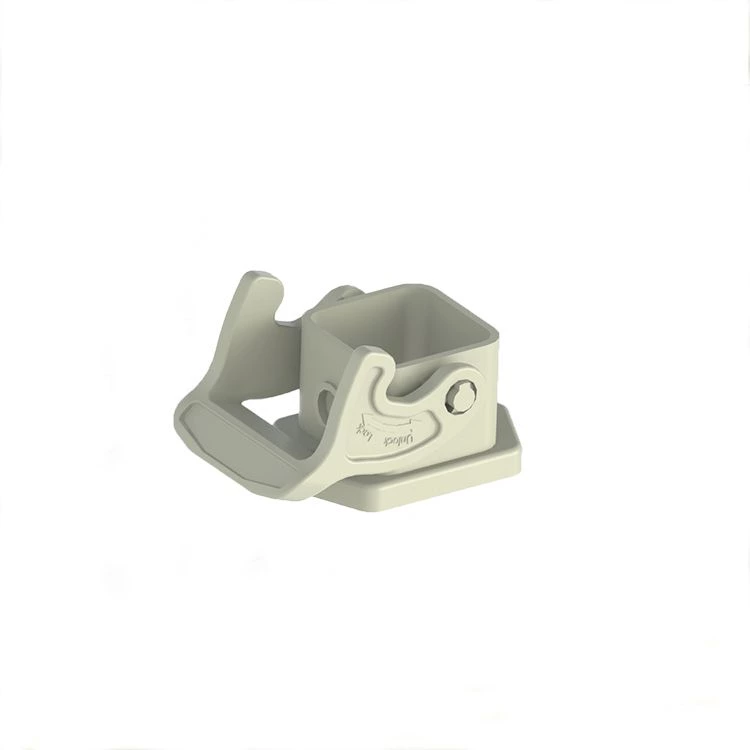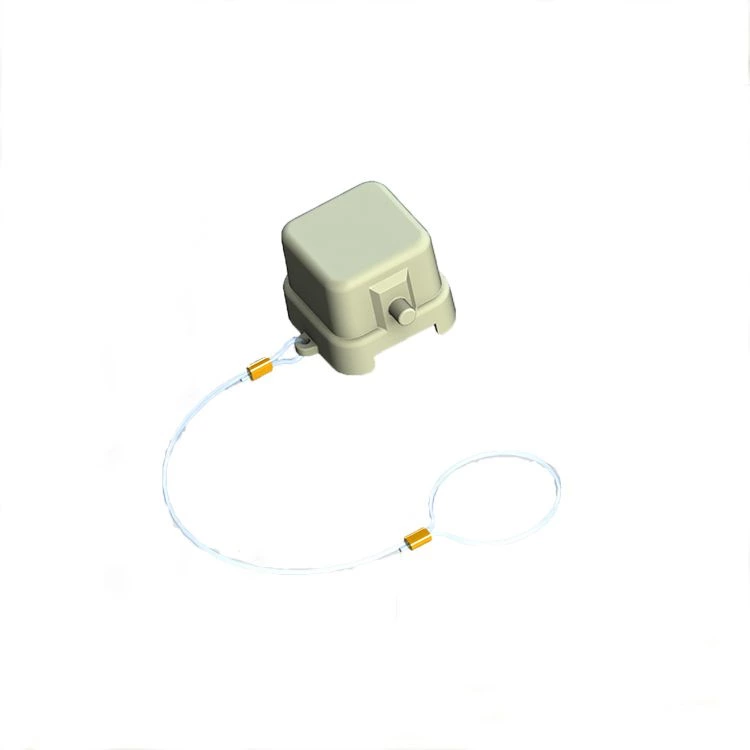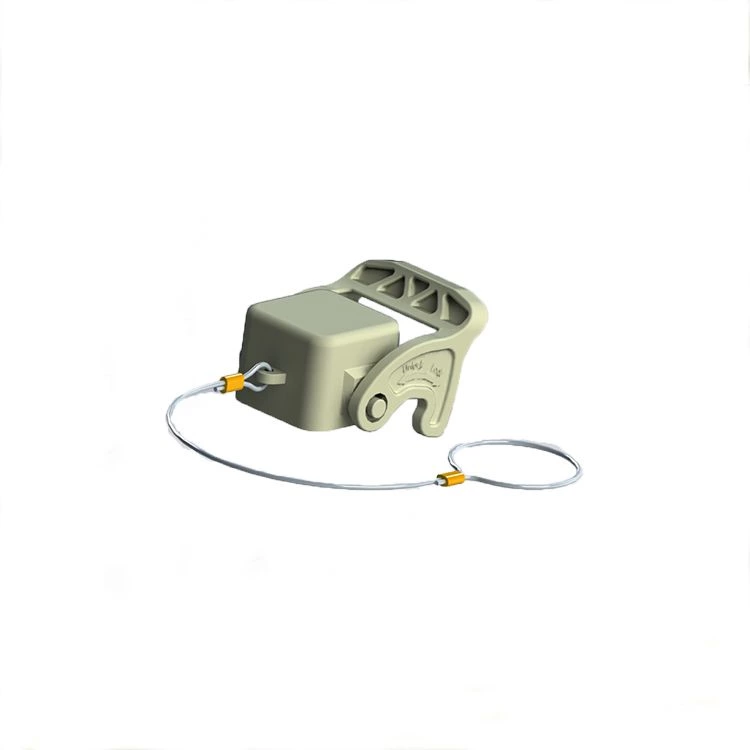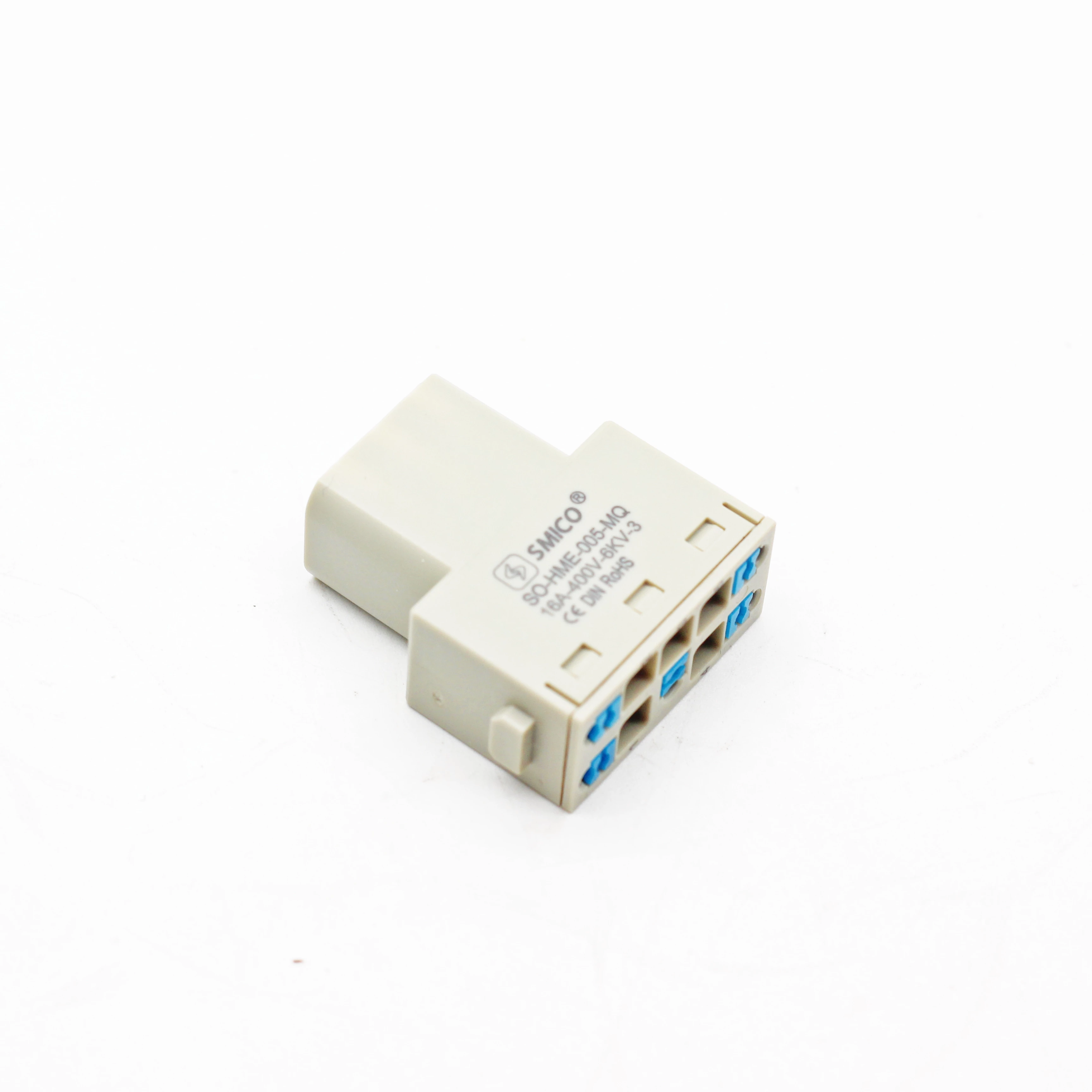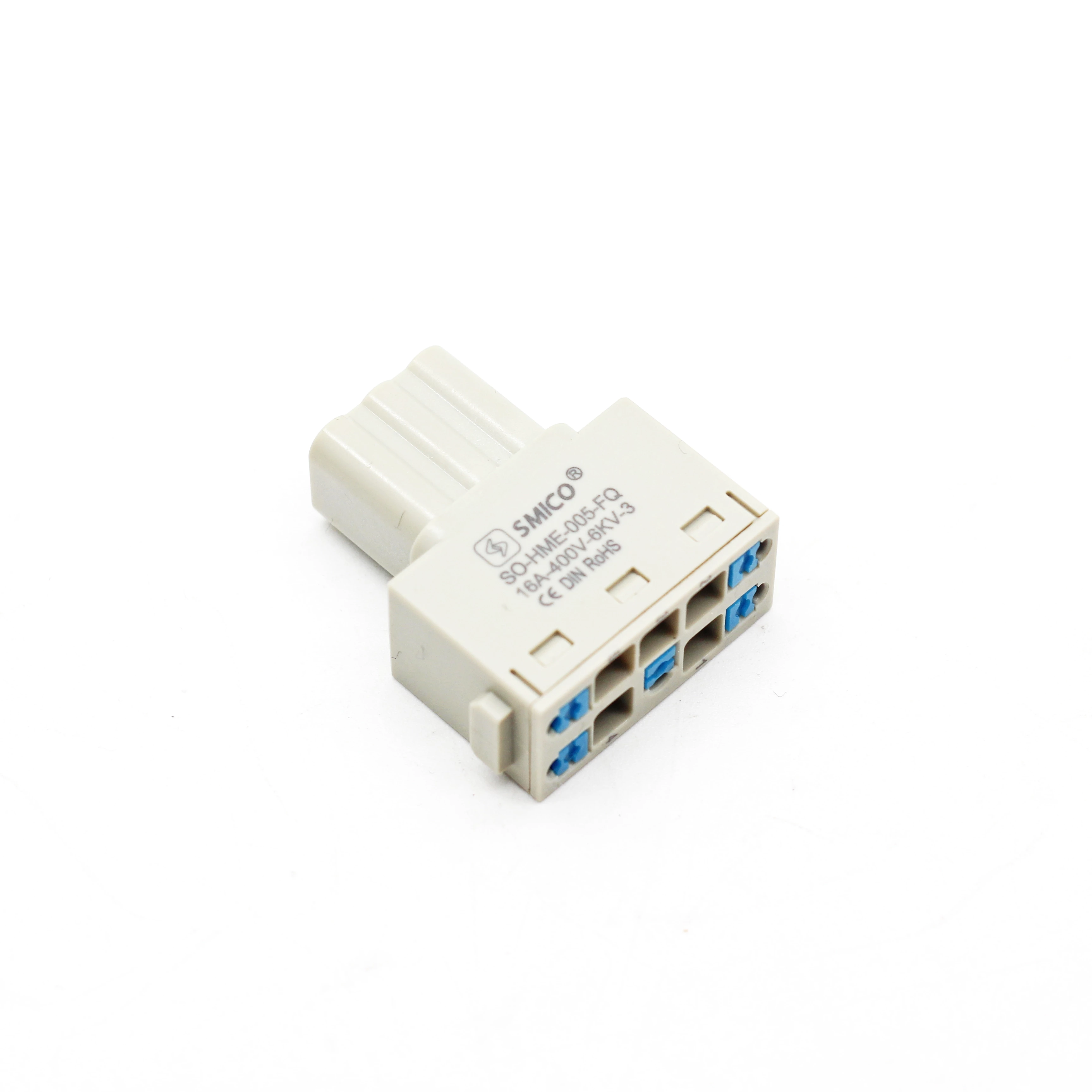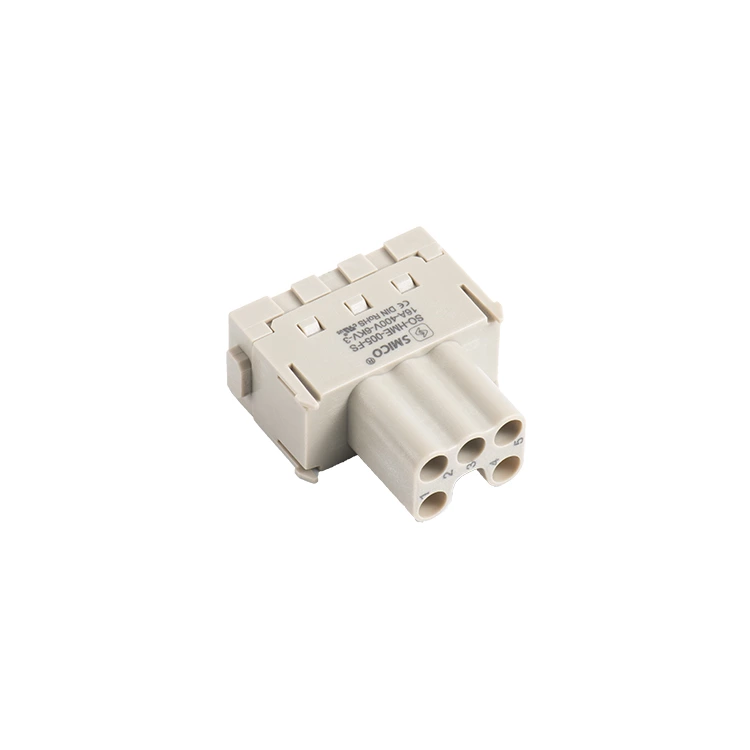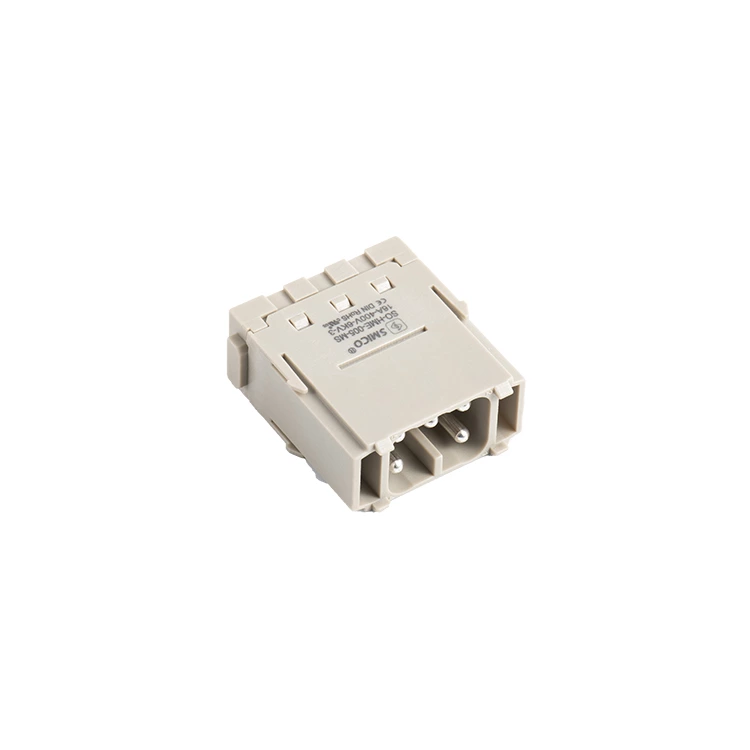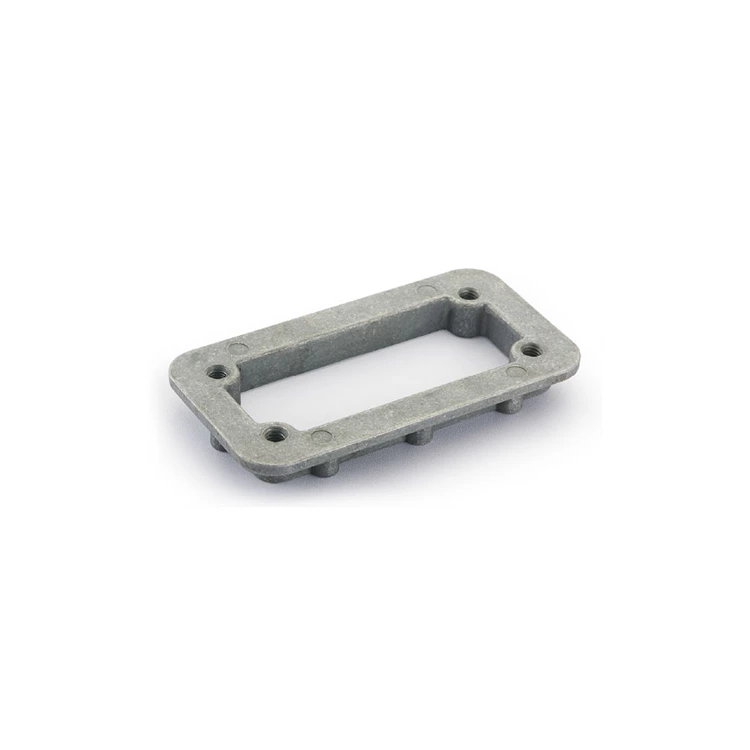Military-grade Heavy-duty Connectors Use Standard
Heavy Duty Connector
Military-Grade Heavy Duty Connectors Adopt Standards
The world-famous Douglas DC-3 used AF circular connectors from American manufacturer Cannon. As the clouds of conflict gathered in the late 1930s, there was a huge growth in the military development of connectors. One of the results of this growth was the idea of standardized patterns. By creating and implementing standard designs, it was possible to ensure the safety of a product manufactured almost anywhere, provided it would be compatible with an equivalent product manufactured elsewhere. Today, this legacy remains with us in the form of military standards, commonly referred to as mil-specs.
Nowhere is this truer than in the connector industry, probably because connectors are the interface between systems and devices. Military platforms such as aircraft or ships are assembled from a wide variety of subsystems, all manufactured by different companies, and using mil-specs to define connector interfaces ensures that the final assembly is simple and straightforward.
Why Mil-Specs?
Ruggedness: Many military connectors are designed for use in harsh conditions. Whether it is tropical heat or arctic cold, military equipment must operate in the toughest environments on earth. This makes them ideal for use in industrial applications that may encounter similar conditions. From the battlefield to the mining industry, or from field signal equipment to outside broadcast trucks, there are mil-spec connectors that can solve industrial problems.
Familiarity: By designing connectors to common standards, manufacturers create a range of products that are used by thousands of users around the world, which means there are a large number of people with real-world experience installing and operating these connectors. This has benefits ranging from operator training to the availability of tools, all of which make it easier for industrial customers to adopt these connectors.
